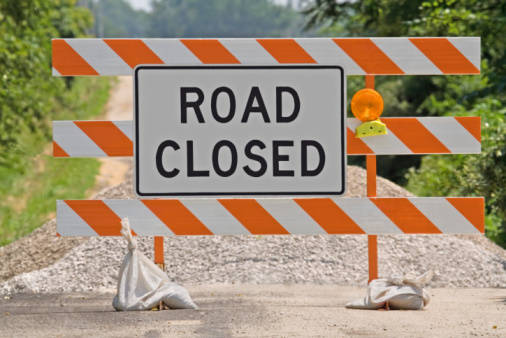Funding for new road and bridge projects in unincorporated King County is set to run out by 2025 because revenue hasn’t kept pace with service demands.
While the county has been warned of the deficit over the past five years, capital roads and bridges funding is still set to run out by 2025. Around 80 percent of the county’s roads budget comes from property tax garnered from the roads levy. As the county’s tax base shrinks due to cities annexing unincorporated areas, and property values have risen faster than the 1 percent the county is allowed to raise property taxes annually, the county’s capital road budget has become underfunded by around $250 million each year.
The recently created Local Services department has been exploring ways to help bridge that gap, and department director John Taylor and director of Road Services Rick Brater presented options July 8 to the Local Services, Regional Roads and Bridges Committee.
“By 2025 we really won’t have a capital program,” Taylor said. “We will not have dollars to allocate to new construction. We will essentially be managing the maintenance.”
Roads and bridges in unincorporated King County facilitate on average 1 million vehicle trips a day, but their maintenance is paid for almost exclusively by the roughly 250,000 residents of the unincorporated portions of the county. Additionally, there is little commercial activity outside of cities, which means the county doesn’t get revenue from large sales tax sources that cities do, such as car lots or major shopping centers.
Several funding solutions were presented, including creating a transportation benefit district in the unincorporated portion of the county. The county has the authority to ask voters to create a district, but a previous taxing district was repealed in 2014. A new one was expected to only generate between $5 million to $10 million annually.
“But even small amounts of money can be useful out in the rural landscape,” Taylor said.
The county can also seek additional state and federal funding, and try to leverage that funding in areas that are serviced by state highways. Fall City, for example, has two state highways that run through it.
More significant sources of funding are also available to the county, if voters approve them. The county roads tax has a statutory cap of $2.25 per $1,000 of assessed property value. That cap was not hit for the better part of a decade following the housing crisis in 2008, but by 2018 when property values roughly reached pre-recession levels, the levy could not be increased. This in effect lowered the tax rate because Washington state law prohibits municipalities from raising property taxes by more than 1 percent annually without voter approval.
The King County council could choose one of two options to raise the levy lid, Taylor said. One would be a one-time lift that would generate around $144 million between 2021 and 2026. The other would be to raise the lid and tie it to inflation, which would raise an additional $16 million over the same period. A simple levy lid lift could be placed on any ballot while one tied to inflation would need to be placed on a regular election ballot. The average household would see an increase of around $270 annually, Taylor said.
King County Councilmember Kathy Lambert said the county should additionally ask the state Legislature to pass laws allowing them to form a countywide transportation benefit district.
If the county is unable to bridge its $250 million annual roads funding gap, it will have to start considering closing rural bridges and letting roads return to gravel.
“The need is huge and our ability right now is very minimal,” said Rick Brater, director of Road Services.
In the 2017 annual bridges report released in August 2018, the county stated it owns or maintains 182 bridges ranging in age from 10 to 100 years. The median age is 65, while the typical useful lifespan of a bridge is around 50 years. The county’s bridges are aging and there’s little money to replace them.
Due to declining revenue between 2012 and 2018, there were no new stand-alone bridge replacements in the county since 2014, and work has been focused entirely on safety and maintenance. This level of service will be reduced further if there’s no money in the Roads Department coffers to fund it.
By 2040, it’s expected that up to 72 miles of county roads may go to gravel and multiple bridges could be closed. Other counties in the state haven’t been hit as hard as King County, Lambert said in previous coverage. Whereas 11 percent of King County’s population lives outside of cities, more than 20 percent live in unincorporated Snohomish and Spokane counties and the rest of the counties have more than 40 percent living in unincorporated regions. This has driven up the cost for maintaining infrastructure for the relatively small percentage of rural King County residents.
Talk to us
Please share your story tips by emailing editor@kentreporter.com.
To share your opinion for publication, submit a letter through our website https://www.kentreporter.com/submit-letter/. Include your name, address and daytime phone number. (We’ll only publish your name and hometown.) Please keep letters to 300 words or less.

